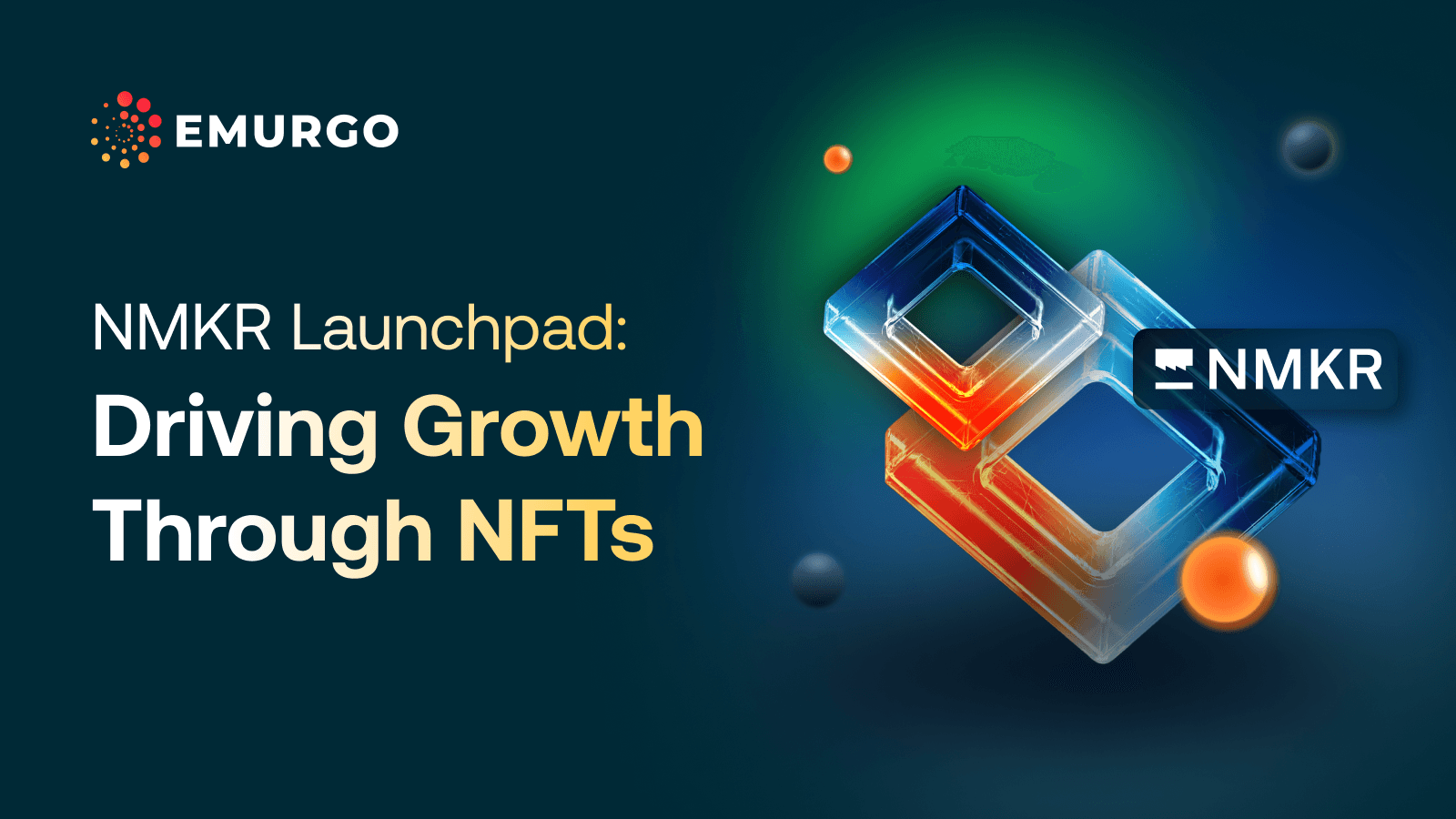Blockchain has grown in many ways, beyond its initial use as a technology platform for censorship-resistant, peer-to-peer payments. It has now been used to develop products and solutions for cross-border remittances and settlements, logistics, product authenticity, and many more applications.
Nowadays, one of the most promising use cases for blockchain is asset tokenization. Asset tokenization enables a business, organization, or individual to take assets, such as commodities, contracts, manufactured goods, and real estate, and represent them as digital tokens on a blockchain platform.
This gives traditional assets a tokenized medium to move around and much broader market access to an expanded variety of financial products that previously were unavailable. Asset tokenization has the potential to overhaul entire traditional industries and change the way commerce is done all over the world by making traditional assets more liquid and opening the doors for instantaneous global investment while enhancing the transparency and security of transactions.
Asset tokenization is a way to convert and represent the value and ownership of physical, intellectual, or financial assets via digital tokens on a distributed ledger or blockchain platform that runs 24/7 and is censorship-resistant. These tokens can represent a whole single unit of the asset, or in some cases, fractions of said assets which can then be sold and owned by interested users around the world.
Asset tokenization removes geographical borders, minimizes transaction costs, expands markets, increases transparency, and brings a whole new host of investors to previously restricted asset classes due to its digital nature.
These tokens can be traded on exchanges, marketplaces, and peer-to-peer using wallets to hold such tokens.
Generally speaking, asset tokenization is conducted through the following series of steps:
1) Select the asset to tokenize
First, a party or user must identify the asset or asset class that is going to be tokenized. Physical assets are going to have different characteristics than digital ones. Financial products that are digital (stocks, bonds, derivatives) are subject to regulatory laws that have to be followed.
All this information must be collected and taken into account for the tokenization of the asset. The regulatory question especially limits the people and organizations who can buy and trade these tokens representing regulated securities.
2) Choose the type of token for the asset
Once the characteristics of the asset are defined, the next step is to choose the best type of token for the asset. The question boils down to two options, whether it is a fungible and non-fungible asset.
The fungible token type best suits assets that don’t have any differences in their supply. In most cases, there is one that best fits this classification – currency. For example, there is no real difference between one dollar and another dollar. These days, fiat-backed stablecoins are a common example where a fungible token makes sense and is increasingly being used due to its ease of transactions.
Most tokenized assets use the non-fungible or NFT token type. This is because NFTs are more versatile when representing goods “outside the blockchain” because they can have metadata (readable information about the asset included within the token) adjusted for each token in an NFT group or collection. Many physical assets and intellectual properties are unique and different from one another, such as a diamond or vintage wine bottle.
Related reading
NFTs can be used to tokenize equities, commodities, derivatives, securities, fine art, carbon credits, intellectual property, or any type of asset where there are important differences among them.
For example, stocks need to represent not only the company they come from but also the year issued, the dividend paid, and any other characteristic that doesn’t make them a uniform whole. The same is true for commodities, art pieces, etc.

3) Determine the supply of the token
Next, the party or user must match the supply of the token to the asset it will represent. In some cases, fractionalization of the asset makes sense. Big ticket items such as art pieces might be too expensive for a single individual to buy as a whole, but NFTs are a potential solution to this problem.
Asset fractionalization is where a single NFT is divided into pieces that can be sold to multiple users. The pieces represent a fraction of the whole and can appreciate in value by the same percentage as the whole item the NFT represents. This opens up transactions and access to a much wider range of potential investors, providing liquidity for the seller and investment opportunities for the buyer.
4) Implement an oracle or data feed
Asset tokenization can implement an oracle or data feed to provide accurate information about the item, custody, and ownership to the blockchain. Oracles bridge the off-chain and the on-chain world and can provide verifiable and reliable information for the asset to represent its real-world counterpart.
5) Conduct an audit
Finally, the tokenization of the asset must be legally reviewed to ensure it complies with regulatory frameworks, and/or an audit of the asset tokenization can also be done by a reputable, neutral third party not involved in the development of the tokenized asset. This allows it to be impartial when auditing the code and the logic behind the smart contract. If opting for an audit, It’s important to select a reputable auditing firm and have the report for the audit made public so that investors can verify and trust the tokenization process.
There are too many asset classes to individually account for, but there are generally two categories where they will fit: tangible and digital assets.

- Tangible assets: Traditional real-world or tangible assets such as commodities (diamonds, precious metals, raw materials, oil), currencies, real estate, fine art, premium spirits, collectibles (baseball cards, vintage cars), and other similar items can be tokenized. These are assets that have some sort of physical component that makes them real in the sense of being concrete or having material properties. Once tokenized, these tokens then represent ownership of something physical and give the holder a claim over the real-world counterpart. The physical asset is usually kept in a 1:1 ratio for each token issued.
- Digital assets: These are assets that don’t have a physical component but are traded over a digital network and have a legal status. Examples include stocks, bonds, financial derivatives, intellectual property, in-game assets, loyalty points, carbon credits, and more. There is a counterpart outside the blockchain, that is not made of a physical object, but it exists and users can claim legal ownership over it.
In most cases, users will be able to look at the metadata of each tokenized asset to see its history of ownership, issuance, and any other important related information to verify the authenticity of the asset. This provides transparency for the buyer and legitimacy to the seller.
Are you looking for more information on tokenization using blockchain technology?
EMURGO is partnered with NFT and Tokenization platform NMKR to drive adoption and awareness of the ease and valuable utility of asset tokenization, especially for businesses and creators.
Follow EMURGO on X to receive updates about the partnership and future events with NMKR.
About EMURGO
- Official Homepage: emurgo.io
- X (Global): @EMURGO_io
- YouTube: EMURGO channel
- Facebook: @EMURGO.io
- Instagram: @EMURGO_io
- LinkedIn: @EMURGO_io
Disclaimer
You should not construe any such information or other material as legal, tax, investment, financial, or other advice. Nothing contained herein shall constitute a solicitation, recommendation, endorsement, or offer by EMURGO to invest.



